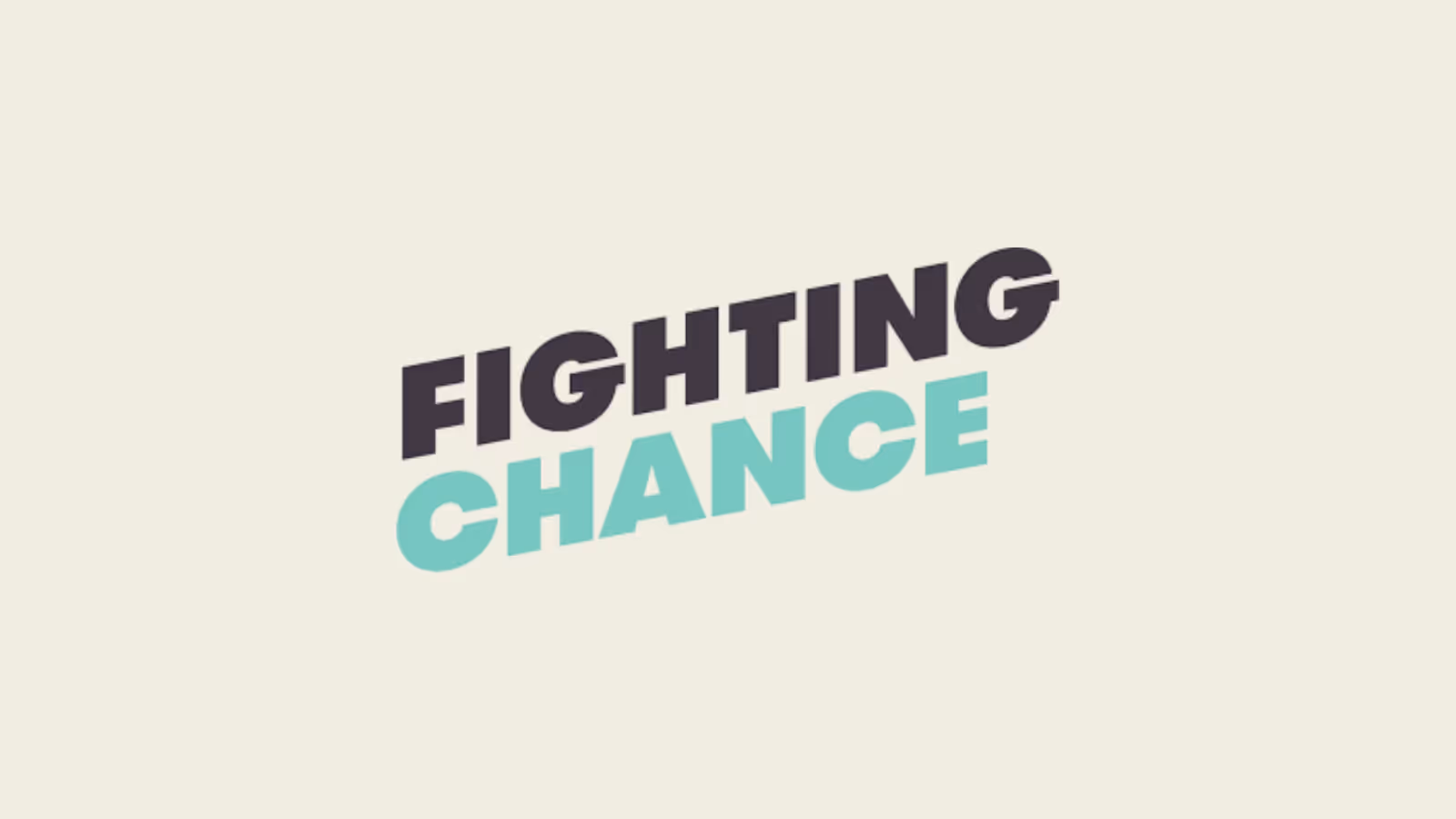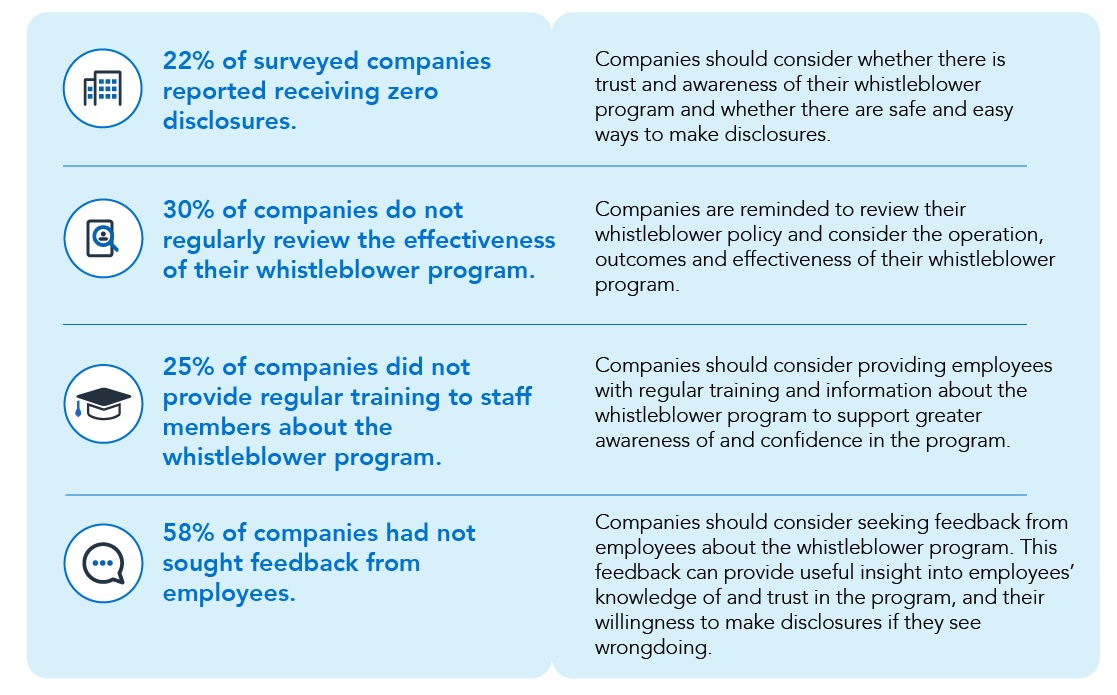Identifying Psychosocial Hazards In The Workplace
Identifying psychosocial hazards is key to a safe workplace. Find out how to spot risks effectively.

Psychosocial hazards are aspects of how work is designed, managed, and experienced that can cause stress and psychological harm — such as workload pressure, poor support, or conflict at work.
Under WHS laws, businesses must identify, assess, control, and review these risks. This guide focuses on the first step: identifying psychosocial hazards early so issues can be addressed before they impact health, safety, and culture.
Effective identification means talking to workers, reviewing data, and observing work across the individual, team, and organisational levels.
Why Identifying Psychosocial Hazards At Work Matters
Legal duty
Under the WHS Code of Practice, employers must identify, assess, control, and review psychosocial hazards. Proactively spotting risks is a core compliance requirement — not a “nice to have.”
Human impact
Unchecked stress and poor work conditions can lead to burnout, anxiety, reduced morale, and psychological injury, affecting workers and their families.
Business impact
Early identification reduces absenteeism, turnover, workers’ compensation claims, and productivity loss — protecting both your people and your organisation.
How to Identify Psychosocial Hazards
Identifying psychosocial hazards requires looking at how work is actually experienced — not just what policies say. A simple, compliant approach includes:
Consult your workers
Speak directly with employees to understand how work feels day-to-day. Use surveys, focus groups, toolbox talks, and informal conversations to surface concerns early.
Observe work in practice
Spend time on the floor or in the field to see how work is carried out. Look for pressure points, communication issues, bottlenecks, and signs of stress or conflict.
Review workplace data
Analyse absenteeism, turnover, incident reports, complaints, and EAP usage to spot trends. Data helps reveal hidden patterns that indicate emerging psychosocial risks.
Use validated assessment tools
Apply structured tools like COPSOQ or PAW to measure risk factors and benchmark your environment. Completing a psychosocial risk assessment gives a clear, evidence-based view of priority areas.
Overcoming Barriers To Identifying Hazards
A major barrier to identifying psychosocial hazards is whether workers feel safe to speak up. If people worry about blame, consequences, or nothing changing, issues stay hidden — even when stress, conflict, or poor workload balance is obvious.
Building trust is key. Be clear about how feedback is used, act on concerns, and show visible follow-through so staff see improvements. When workers know their voice leads to action, they’re far more likely to raise issues early.
Evidence Based Tools
- COPSOQ (Copenhagen Psychosocial Questionnaire)
- PAW (People at Work)
- Psychological safety pulse checks (short surveys)
- Simple internal risk assessment checklists (ideal for SMBs)
These tools help structure feedback and highlight trends — but for smaller workplaces, simplicity wins. Use them to guide conversations, not replace them.
Talk To Us About How To Manage Invisible Hazards At Work
Identification of psychosocial hazards in the workplace are a first step for a business to meet their compliance requirements. This process involves collaboration between different teams, data-driven decision-making, the use of evidence-based tools, and most importantly, worker participation.
By openly addressing these issues and taking proactive measures, businesses can develop a safety culture that encourages the early identification and reporting of hazards, allowing businesses to then take preventative action to protect the psychological health and safety of their staff.

Hello 👋 I’m Joel the founder of Foremind.
Are you ready for simplified support & compliance?
Latest insights
Answers to the frequently asked questions.
Still have questions?
Email us at enquiries@foremind.com.au and we'll get back to you quickly with a response
Yes, we have culturally competent counsellors available, including those able to work with first nation and CALD employees.
Onshore on secure AWS Servers in Sydney Australia. All data is encrypted in transit and at rest and our entire team is located in Australia.
Employees can access our platform on any device (mobile, laptop, desktop, etc.) as long you have the website link - no need to download any app on devices. You wouldn’t need to enrol any of your staff individually.- When we do our onboarding, we ask for the first name, last name and email of all your employees, and send out an email invite to all them which will allow them to create their own individual account to access the platform. For new staff we can also invite them or provide you with a unique link to embed in your onboarding process, whichever is more convenient for you. We also kick things off with a launch webinar or video to make sure everyone is aware of Foremind and how to use it. We’ll also provide you with any collateral such as posters, QR codes, brochures etc. to help drive awareness and encourage people to create an account in the platform.
The support line is answered by our reception service 24/7. It is for urgent platform or session-related issues only (e.g. *“My counsellor didn’t show”*) or helping staff create an account.






